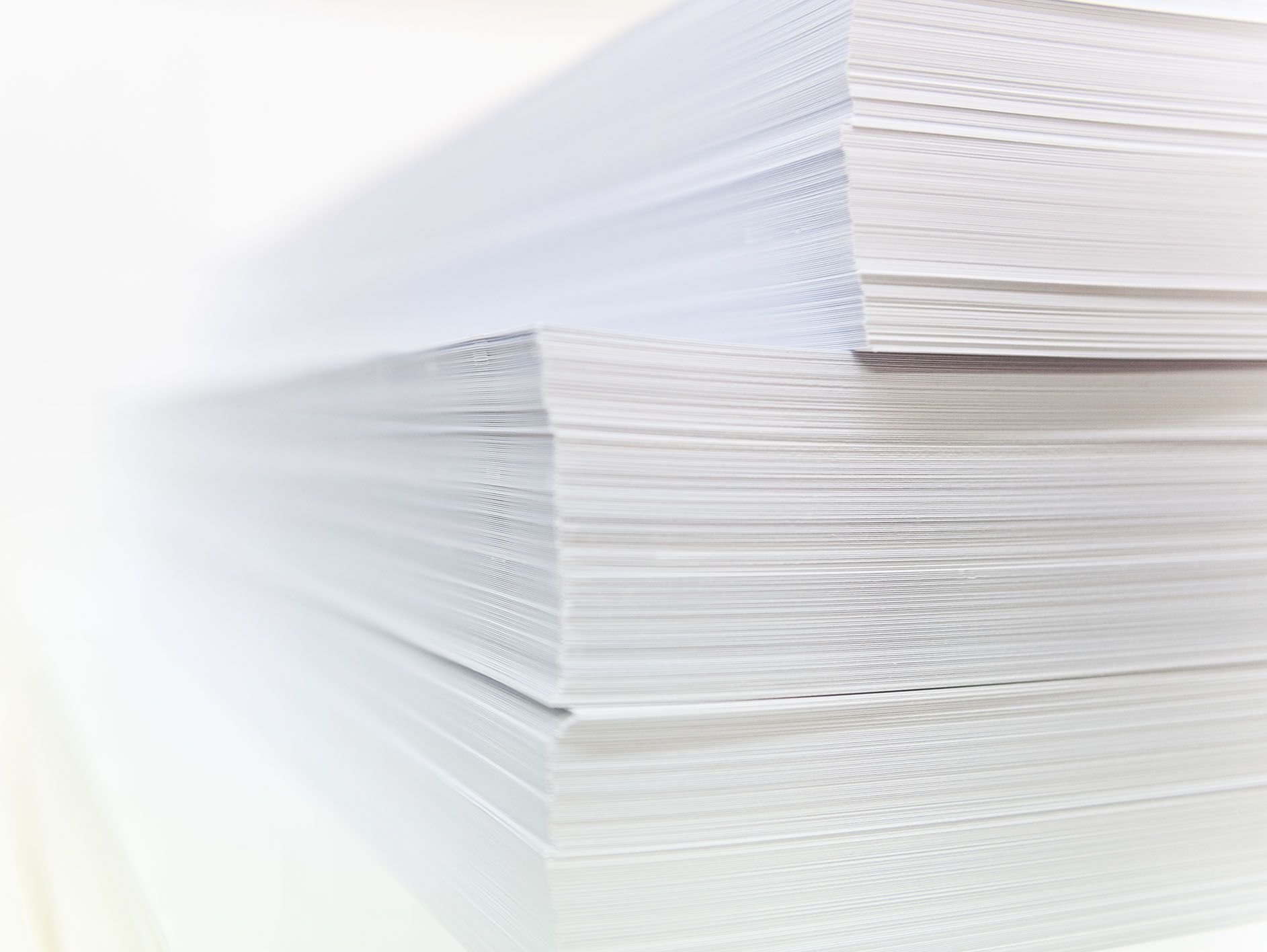Topic of your interest
Mackle and CO2 savings through paper-dependent pre-adjustment of sheet-fed offset presses
Mackle and CO2 savings through paper-dependent pre-adjustment of sheet-fed offset pressesShort name: Mackle savings in sheet-fed offset presses
Fogra no. 34.022
Project leader: J. Gemeinhardt
Funding: BMWK (IGF) via AiF
Timescale: 01.09.2020 - 31.08.2022
The individual behaviour of the papers to be printed is not known to the printer in advance. Consequently, the required setting must be determined on the running printing machine. This requires a certain number of prints. This so-called mackle cannot be sold and increases production costs as well as CO2 emissions due to the additional material consumption.
Within the scope of the research project, a new paper characteristic value is to be established with which predictions can be made about the solid tone densities and tone value increases to be expected in the sheet-fed offset process. Furthermore, a method is to be specified with which reproducible and comparable results can be achieved in different paper laboratories.
Solution steps
The basis for the paper characteristic value to be established is the solid tone densities of laboratory prints with a special test ink at a specific ink film thickness. In order to compensate for fluctuations in the measured values, inking series must be carried out from which the characteristic values are to be derived by means of a polynomial fit.
Furthermore, a procedure is to be developed how the characteristic value can be adapted to different ink-paper systems in practice. Extensive print tests on a sheet-fed offset press are planned to determine correlations with the solid tone densities and tone value increases.
Achieved results
A new paper parameter has been introduced. This is the solid tone density, which is achieved on a test printing device with the mottling test ink from the company prüfbau at an ink film thickness of 1.00 µm. Round robin tests suggest that the characteristic values determined in different laboratories are comparable under certain conditions.
With the exception of cartons, there were almost linear relationships between the characteristic values and the solid tone densities densities achieved on the respective papers on the press. With a known linear equation and a known paper characteristic value, it is therefore possible to predict the solid tone density on the press. A corresponding presetting of the inking units ensures that when printing starts with a new paper, the target values to be controlled are already close.



